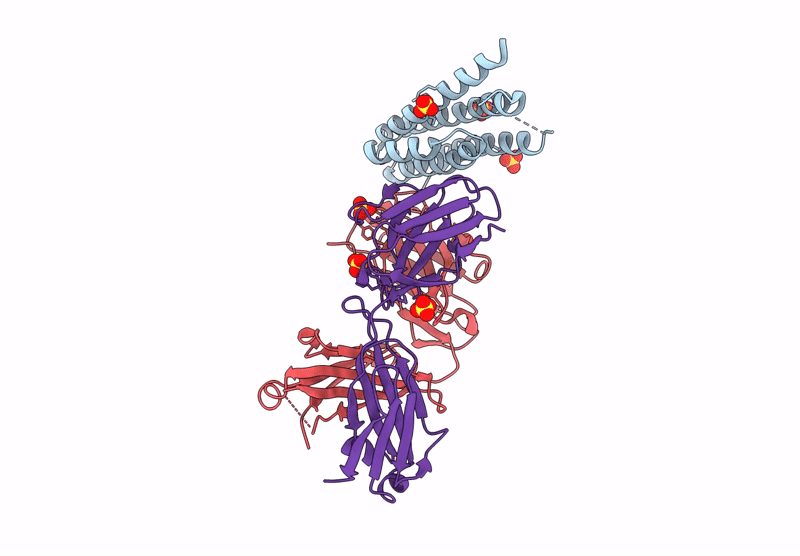
Deposition Date
2024-05-10
Release Date
2025-08-06
Last Version Date
2025-08-06
Entry Detail
Biological Source:
Source Organism:
Borreliella burgdorferi (Taxon ID: 224326)
Homo sapiens (Taxon ID: 9606)
Homo sapiens (Taxon ID: 9606)
Host Organism:
Method Details:
Experimental Method:
Resolution:
2.55 Å
R-Value Free:
0.24
R-Value Work:
0.20
R-Value Observed:
0.20
Space Group:
P 21 2 21


